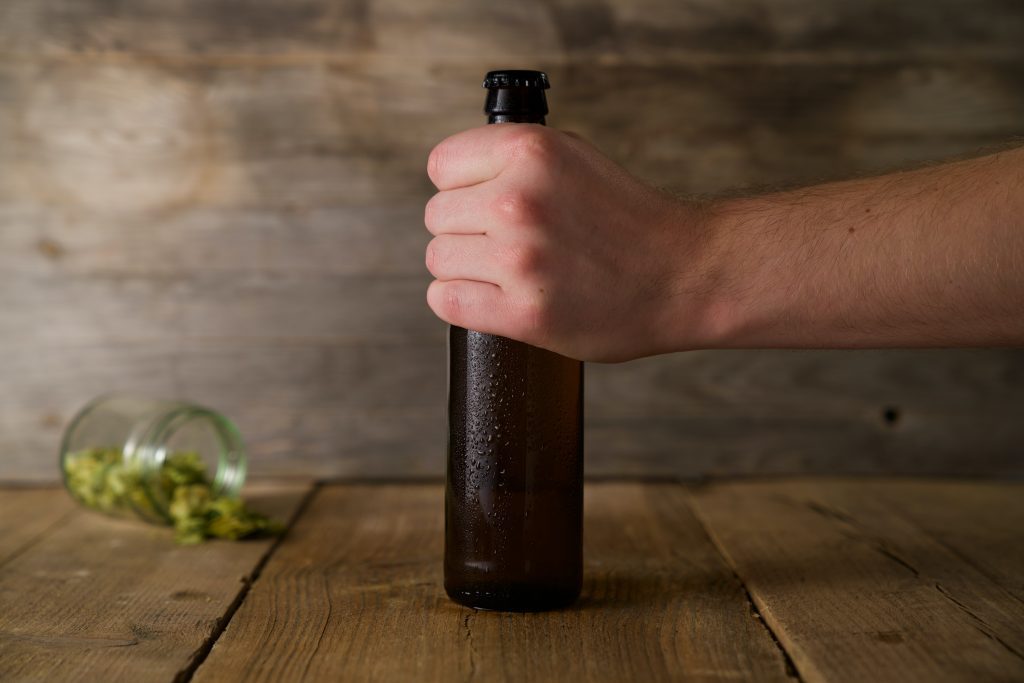
8 Minutes
CONTENTS
Medicines that belong to the class of tranquilizers and sedatives are used to treat psychotic ailments but unfortunately, more often than not these medicines are misused. Taking sedatives in doses higher than recommended should make one ready to face the greater challenges that lay ahead, in terms of deteriorating the mental state of a person by making them dependent on the drug and worsening of the current mental illness. Sedatives are highly addictive and drug abuse can lead to coma or death hence, they are heavily regulated and monitored by authorities and should never be taken without a doctor’s prescription.
Valium which is one of the most commonly prescribed drugs in the US is abused by many to achieve a ‘high’ or as a deliberate attempt at suicide. Moreover, Valium and Alcohol when taken together result in fatal consequences and should be avoided at all costs.

FAQs
A UNIQUE METHOD TREATING Benzodiazepine
a successful and proven concept focusing on underlying causesBenzodiazepine TREATMENT LASTING APPROACH
0 Before
Send Admission Request
0 Before
Define Treatment Goals
1 week
Assessments & Detox
1-4 week
Psychological & Holistic Therapy
4 week
Family Therapy
5-8 week
Aftercare
12+ week
Refresher Visit
Benzodiazepine Insights
latest news & research on Benzodiazepine
What are Benzodiazepine (Benzos)
Benzodiazepine is a family of psychoactive drugs. They operate on the nervous system causing a change in mood, cognition, behaviour, or perception. While benzodiazepines may work as a treatment for anxiety, sleep and agitation in some patients, long-term use can result in a worsening of the very symptoms the medications are meant to treat.
read more

































































